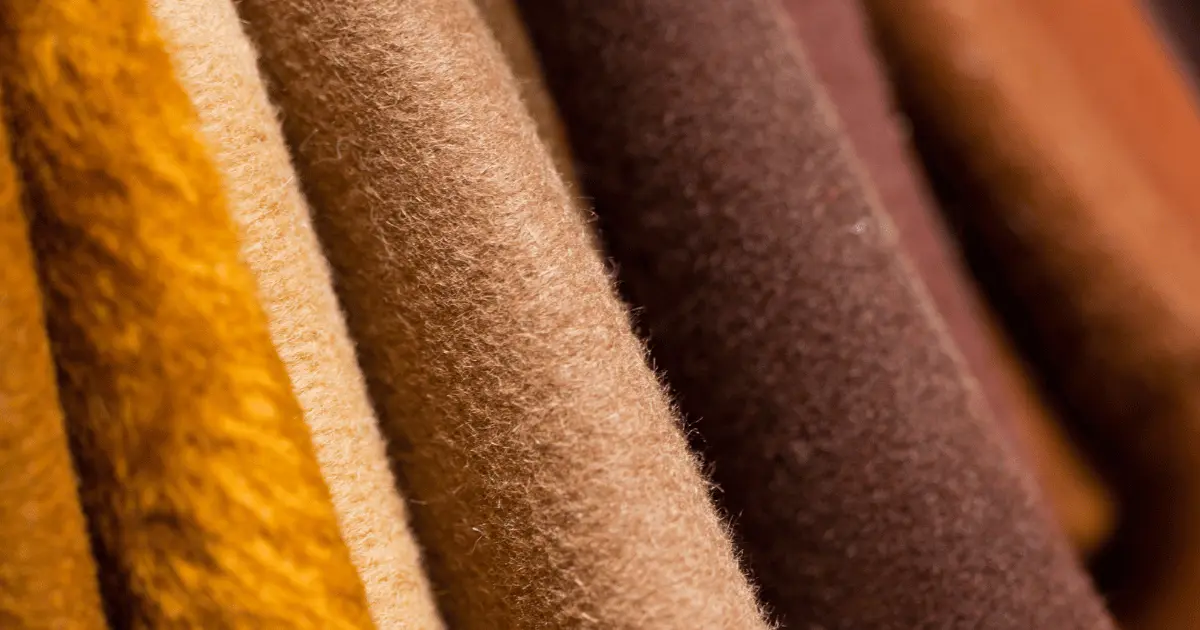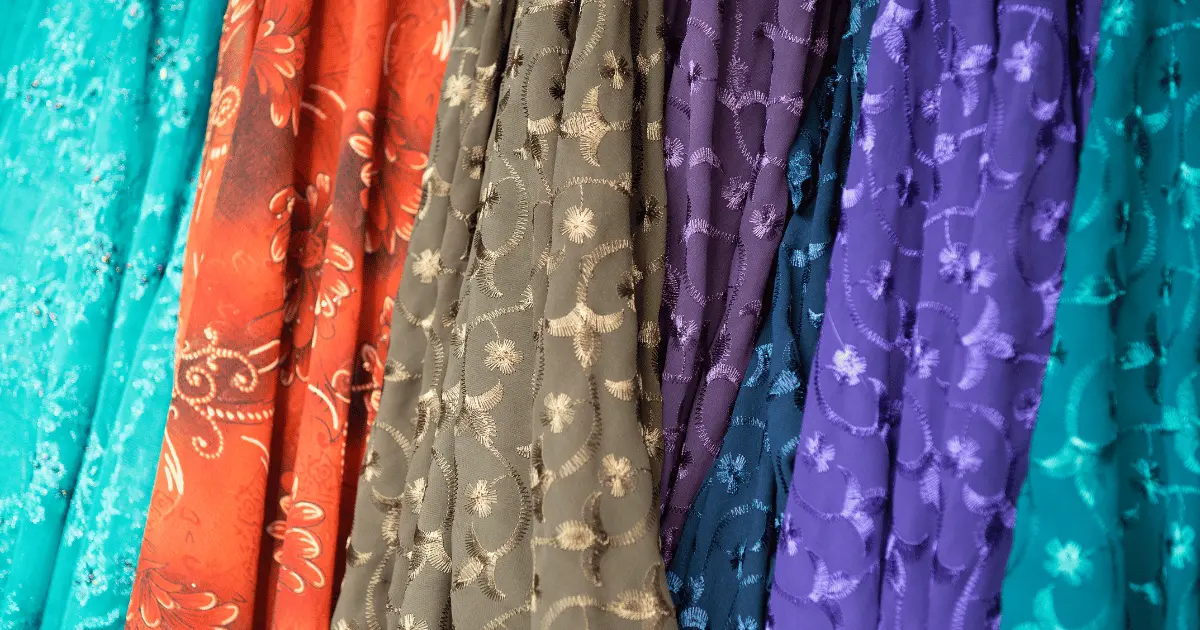Felt is a fabric type made by compressing, matting, and condensing fibers. Felt can be made with either natural fibers, like wool or animal fur, or synthetic fibers, like acrylic or wood pulp.
Brief History of Felt Fabric

Felt is one of the world’s oldest fabrics, dating back to about 6500 BC. Diverse cultures have their legend as to the origin of felt. Some believe the discovery of felt is attributed to St Clement and St Christopher, who were said to have packed their sandals with wool to prevent blisters when fleeing persecution. At the end of their journey, the movement, heat, and sweat had turned the wool into felt socks.
According to the Sumerian legend, felt was discovered by the warrior hero Urnamman of Lagash. However, you can find felt’s origin in central Asia, where there is evidence of felt-making in Siberia in Northern Mongolia. Siberia tombs in the 7th to 2nd century BC show the broad uses of felt in that culture, including jewelry, clothing, and wall hanging.
Early cultures of some countries in Asia also used felt for blankets, floor mats, saddles, totems, and amulets. In Central Asia, Nomadic Mongols and Turks still use felt for their tents, clothing, and rugs.
Properties of Felt Fabric

Felt is a quality material used in different places worldwide, mostly because of its characteristics. Here are some properties of felt.
Durability
Felt fabric does not wear out easily because of the materials used for it. That way, it’s easier for even children to use it.
Flexibility
Felt is flexible; therefore, you can use it for non-woven bags, cotton bags, and even shockproof and sealing.
Resilience
Wool felt is highly resilient, retaining its strength and unique properties for decades. You can also compress and release a thousand times without deformity.
Inexpensive
Felt is generally accessible and affordable for crafting and sewing, though some are quite expensive than others.
Versatility
There are many things you can use felt material for. You can use it for decorations, accessories, clothing, shoes, design for bags, and purses.
Other properties of felt include;
- It is water-resistant.
- Wool felt is flame retardant and self-extinguishing.
- It is an excellent sound insulator.
- You can cut it into any shape, size, or thickness.
Uses of Felt Fabric
Felt has a variety of uses because of the quality of the material and how popular it is. Here are some of its uses.
Clothing and Accessories
You can make felt into jewelry like earrings, necklaces, rings, and bracelets. Flowers made from felt enhance the beauty of hairpins too. Also, in ancient times, felt was used to make clothes, rugs, and even shoes, and it is still widely used today.
Industrial Use
Industries use felt as a sound or vibration damper. Some manufacturers also use it in machinery for cushioning and padding moving parts and as a non-woven fabric used for air filtration.
Kids’ Toys
Toys made from wool felt are safe and secure to use for children. The wool felt is soft, which makes it easier for children to play with. The only problem is that it shrinks when washed, so you might have to dry it well.
Wall Panels
You can use felt sheets as wall panels to make the rooms soundproof. You can also use well-designed ones for decorations.
Musical Instruments
You can find felt on several musical instruments. On a drum cymbal stand, it helps to protect the cymbal from cracking and ensures a clean sound. The piano hammers are made of wool felt around a wooden core on pianos.
You can also use felt in other instruments, especially stringed instruments, as a damper. That’s because the damper reduces volume or eliminates unwanted sound.
Arts and Crafts
Felt is easy to use, easy to customize, and you can easily make it into shapes. You can use felt for framing paintings, protecting them, and as a cover board in storytelling for small children. In addition, you can also use felt ball garlands as props for creating beautiful photos.
Decorations
When you want to make decorations, felt is a good option. It is soft and available in a variety of colors. You can create ornaments or heart-shaped felt decorations, which is perfect for special occasions.
How to Care for Felt Fabric
Without proper care, felt may shrink or peel. To wash your felt fabric, turn the material inside out and put it in a mesh bag, to prevent damage. Set your washer to a delicate cycle and ensure the water is low, then add your detergent.
After you’re done washing, don’t put your material in the dryer; instead, lay it on a drying rack in its original shape. Also, avoid drying in a sunny place to prevent the woolen from shrinkage or damage.
